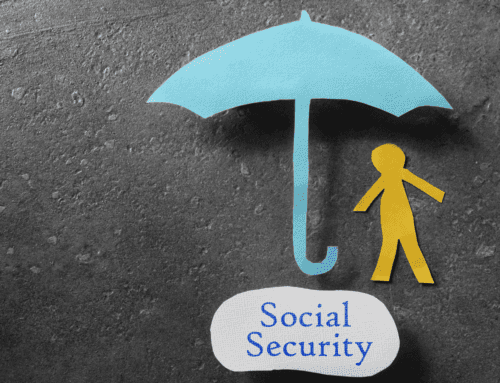
The SECURE 2.0 Retirement Savings Act passed at the end of 2022 with more than 90 guidelines to help Americans save more for retirement, but some of the provisions are only now going into effect. Here is a highlight of the changes for 2024.
Added 529 to Roth IRA Conversion
Funds in 529 educational savings accounts can now be rolled over tax-free into a Roth IRA. The 529 must be open for 15 years to qualify for rollover, and rollover amounts can’t exceed annual contribution limits. There is a lifetime cap of $35,000. Previously, non-qualified withdrawals from 529 plans came with a penalty.
Changes to Required Minimum Distributions
Secure 2.0 eliminates required minimum distributions (RMDs) for Roth 401(k) participants. This is in contrast to pre-tax accounts, like traditional 401(k) plans, that require you to start withdrawals at age 73. Prior to Secure 2.0, RMDs for both traditional and Roth 401(k) plans were required to start at age 72. In 2033, the age will rise to 75.
Not sure where you stand with retirement savings? Try our Retirement Calculator to see how much you should be saving.
Qualification of Student Loan Payments
Employee payments toward student loans can be treated as retirement contributions and qualify employees for matching contributions. This way, employees can pay down debt without missing out on what’s essentially free money for retirement.
Linked Emergency Savings Accounts to Retirement Plans
Secure 2.0 authorizes employers to create emergency savings accounts linked to the company retirement plan, and allow employees to make Roth (after-tax) deposits to the savings account, up to a $2,500 limit. Employees can make withdrawals from the savings account without penalties and without substantiation or proof of an emergency.
Emergency Withdrawals for Certain Expenses
Speaking of emergency expenses: the new law allows for a distribution of up to $1,000 annually from a tax-advantaged retirement account, like a 401(k), without a penalty. This money must go towards immediate financial needs relating to personal or family emergencies and should be repaid within three years. No additional distributions are allowed during the three-year repayment period until the withdrawal is repaid.
These changes are designed to make it easier, more affordable, and more flexible for everyday Americans to save money for retirement. If you can, take advantage of any changes that apply to you.
While we hope you find this content useful, it is only intended to serve as a starting point. Your next step is to speak with a qualified, licensed professional who can provide advice tailored to your individual circumstances. Nothing in this article, nor in any associated resources, should be construed as financial or legal advice. Furthermore, while we have made good faith efforts to ensure that the information presented was correct as of the date the content was prepared, we are unable to guarantee that it remains accurate today.
Neither Banzai nor its sponsoring partners make any warranties or representations as to the accuracy, applicability, completeness, or suitability for any particular purpose of the information contained herein. Banzai and its sponsoring partners expressly disclaim any liability arising from the use or misuse of these materials and, by visiting this site, you agree to release Banzai and its sponsoring partners from any such liability. Do not rely upon the information provided in this content when making decisions regarding financial or legal matters without first consulting with a qualified, licensed professional.



